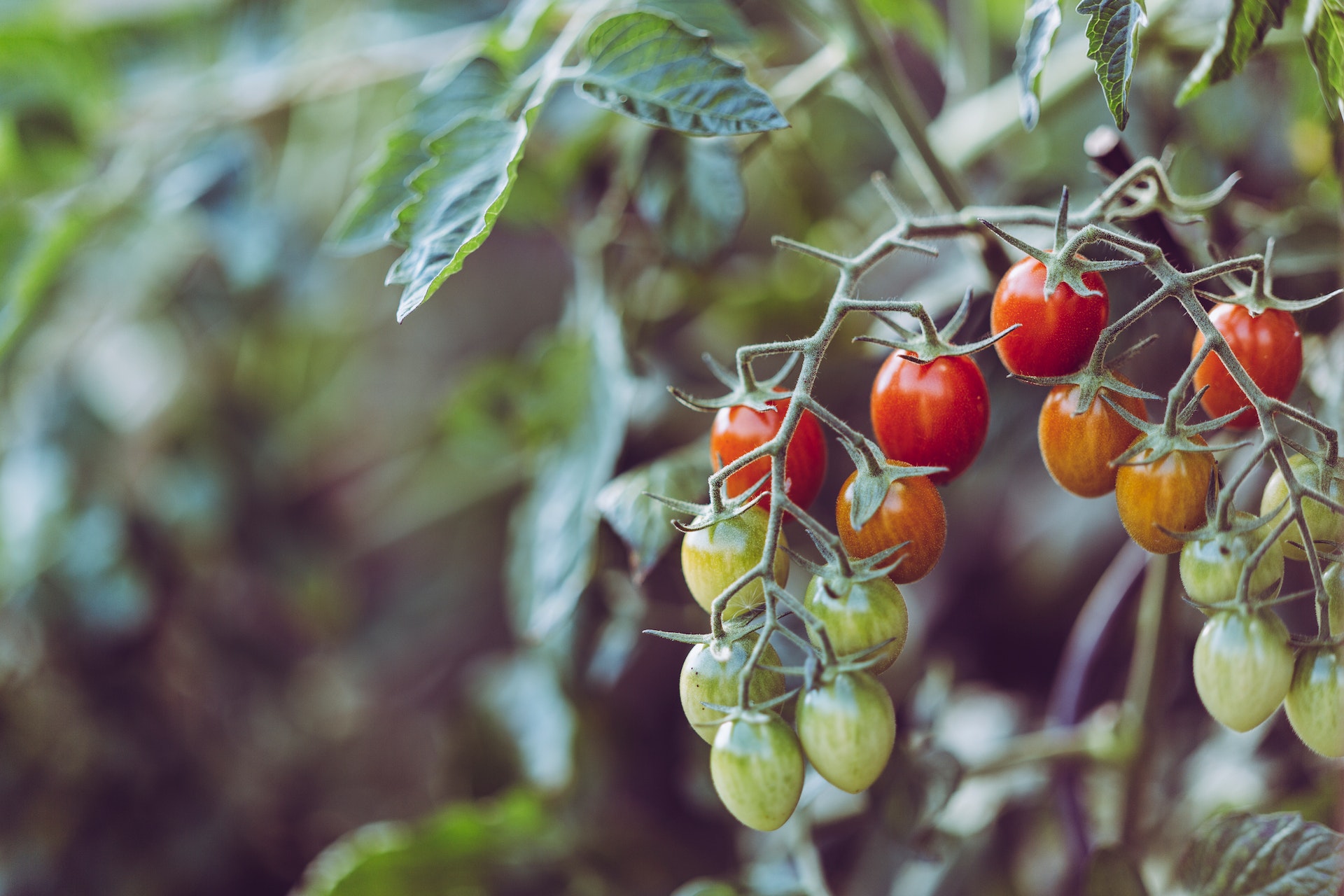
There are so many benefits to having a garden, even if it’s just in your backyard or on your balcony. Having your own vegetable patch lets you grow exactly the things you love and pick exactly the quantity that you need.
And having a garden isn’t just good for your mental health – growing your own vegetables is also great for your physical health and can help you lose weight. Growing your own food is one of the most cost-effective ways to improve your diet, whether you’re trying to eat more greens or cut back on carbs.
Here are some tips on how to grow six veggies in your garden to keep you fit, healthy and happy – all year round!
Start with the right seeds and soil
If you’d like to grow veggies, it’s important to start with the right seeds. Your local gardening store will be able to help you select the best seeds for your growing conditions.
Make sure you select seeds that are appropriate for your climate, so they can grow and thrive in your area. You’ll also want to select the right soil for your garden. If your soil is too sandy, it may not retain enough nutrients. If it’s too clay-like, it might not drain properly and can become waterlogged.
You can amend sandy soil by adding organic matter like compost, dry leaves, peat moss, or wood chips. To amend clay soil, add organic matter to make it more porous.
Tomatoes
Tomatoes are delicious, nutritious, and versatile enough to eat in a wide range of dishes – from salads to sandwiches to kinds of pasta. You can even use the skins to make tea! Although most people think of tomatoes as a summer vegetable, the best time to grow tomatoes is actually in spring. Check out this tomato fertilizer guide for the best results!
This gives them plenty of time to ripen before fall. If you’re growing them in a greenhouse, you can start them as early as February. To grow tomatoes, start them indoors in nutrient-rich soil and put them in containers so they can get plenty of sunlight.
They like a lot of water, so make sure to water them regularly. Once they start to ripen, place them in a place that gets plenty of sunlight – but not direct sunlight.
Kale
Kale is a powerhouse of nutrients, which is why it’s often referred to as a superfood. It’s got lots of vitamins and minerals, including vitamin A, vitamin C, iron, and calcium. Kale can be a bit more challenging to grow than some other vegetables, but it’s well worth it for the fresh flavor and healthy nutrients.
It prefers cooler temperatures, so it’s best to start growing it in the spring and to keep it growing through the fall. To grow kale, make sure you choose an appropriate variety for your growing region. You can either plant the seeds directly in your garden or start them indoors.
Sweet potatoes
Sweet potatoes are super nutritious and can be used in a wide range of dishes, from sides and salads to main dishes. While you can buy these in cans, nothing beats the fresh flavor.
To grow sweet potatoes, you can either start them indoors or in your garden. If you’re starting them indoors, you’ll want to do so in early spring. If you’re growing them in your garden, you can wait until the soil has warmed up.
Sweet potatoes grow especially well in warm, humid environments, so they’re a great option for southern gardens. If you’re in a colder area, try starting them indoors and moving them outside once the weather warms up.
Beans
Beans are a superfood that’s packed with fiber and protein. They’re also a great source of iron and B vitamins, and they’re full of antioxidants. To grow beans, make sure you select the right varieties for your growing region.
For example, fava beans don’t fare well in the southern states, as the pods don’t produce well in the hot, humid summers. To grow beans, sow the seeds directly in your garden as soon as the soil has warmed up.
They grow best in rich soil, so make sure to add plenty of compost or manure to your garden.
Spinach
Spinach is another superfood that you can grow in your garden. It’s full of vitamins and minerals and is also a great source of fiber. To grow spinach, select an appropriate variety for your growing region.
It grows best in cooler temperatures, so make sure to wait until it starts to warm up before you plant it. To grow spinach, sow the seeds directly in your garden or start them indoors a few weeks before the last frost in your area.
Conclusion
When it comes to growing veggies, there are so many different things to consider. You’ll want to make sure you select the right seeds, amend your soil, and select the best locations for your plants.
It’s also important to remember that gardening takes a lot of time and effort, so make sure you’re prepared for the extra workload. It’s well worth it for the fresh, nutritious vegetables and the health benefits they provide.



